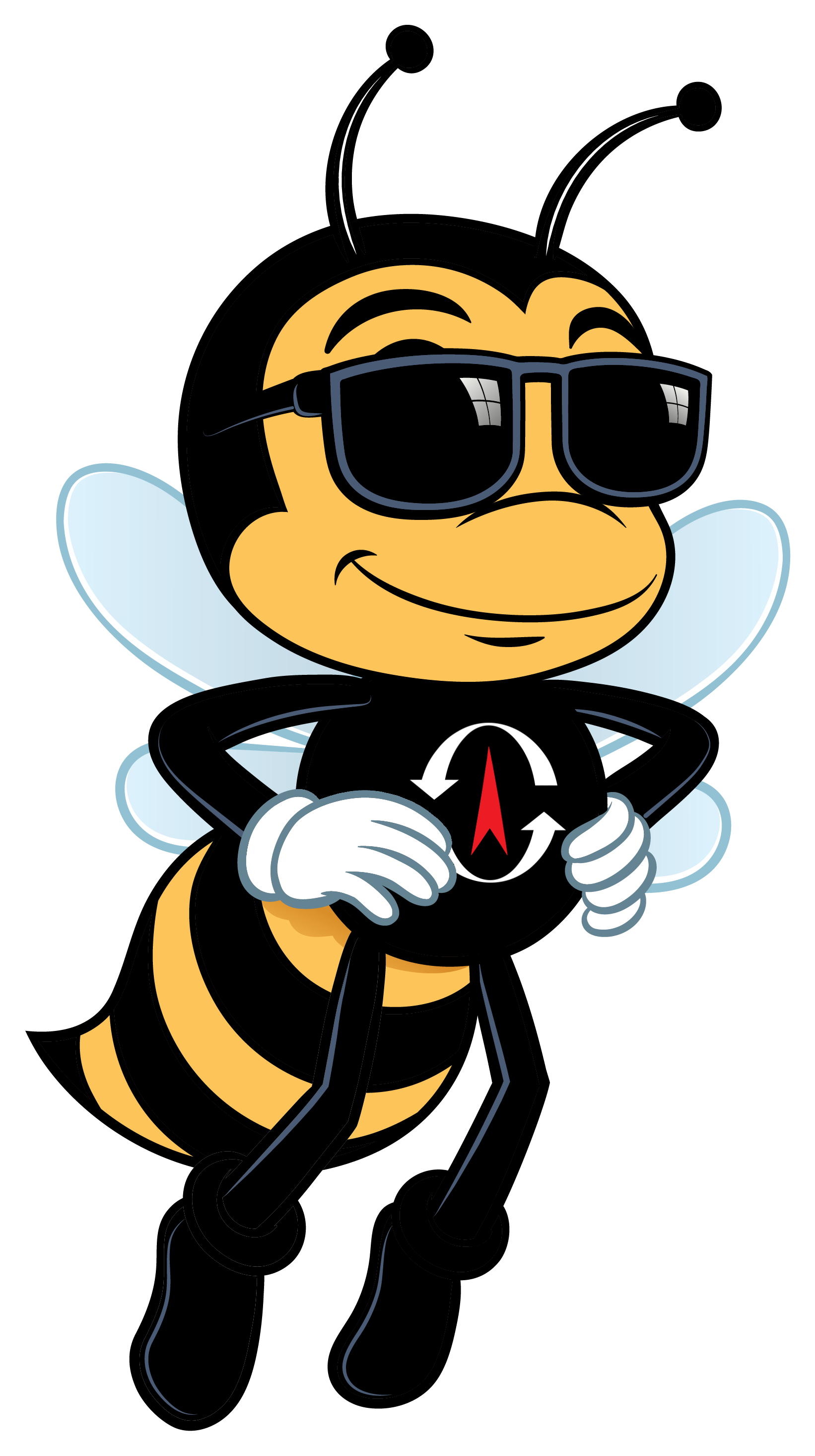3 Ways You’re Accidentally Ruining Your Home’s Air Quality
January 26, 2016

It’s sad.
Your home is your sanctuary away from the harsh world. But you may be filling that sanctuary's air with dust, mold and harmful chemicals. All by accident.
How?
Read on.
Mistake #1: Using certain air fresheners
The problem: Air fresheners don’t actually “freshen up” or clean your air. They just mask other smells using chemicals.
According to the study, “Hidden Hazards of Air Fresheners,” many air fresheners contain synthetic fragrances called phthalates. These chemicals, according to gimmethegoodstuff.org, are “linked to early puberty, autism, obesity, and birth defects.”
The scariest part of all? You won’t see phthalates on the air freshener label. Usually, they’re included in “fragrance” or “parfum.”
What to do instead: Try using natural air freshener alternatives, like baking soda, which has been safely used as an odor sponge for generations with no known ill effects.
Mistake #2: Closing supply air vents
The problem: Closing air vents increases air infiltration (outside air getting inside your home). Meaning pollen and other airborne contaminants come with it.
Here’s how that works:
1) You close too many vents for whatever reason (maybe in rooms you don’t use).
2) Pressure builds up in the ductwork, causing air to leak out into an unconditioned space.

3) The air conditioner blower starts pulling in more air from your home than it’s delivering. This imbalance creates negative pressure in your house.
4) Due to the negative pressure, outside air starts infiltrating your home through various cracks and spaces. During spring, this means pollen and other airborne contaminants start invading your home. Check out this EnergyVanguard article for a more detailed explanation of negative pressure.
Do this instead: Keep all your air vents open. Your AC system is designed to cool all the rooms in your home. Closing vents won’t make the AC run any less. It’ll just cost you money and comfort.
Mistake #3: Never changing your system’s air filter
The problem: Does your filter look like this one on the right?

If so, it can cause a mess of problems. But, specifically to air quality, it can lead to a dusty home and mold growth.
Here’s how.
When a filter gets dirty, it no longer catches dust particles, allowing them to pass by and build up on your inside unit. This includes the blower (the part the circulates air) and the evaporator coil (the part the cools the air).
Now, you’ll have a dusty blower that’s not only working harder (increasing energy bills) but also circulating dust throughout your home.
And a dusty, dirty evaporator coil becomes a breeding ground for mold. Yikes!
What to do instead: Check the filter once a month and change it when it’s dirty.
Better yet, look into a whole-home air filtration system. These work way better than standard fiberglass air filters since they can catch mold, smoke, pollen and pet dander, keeping your home’s air clean.
- Posted in:
- Air Quality



